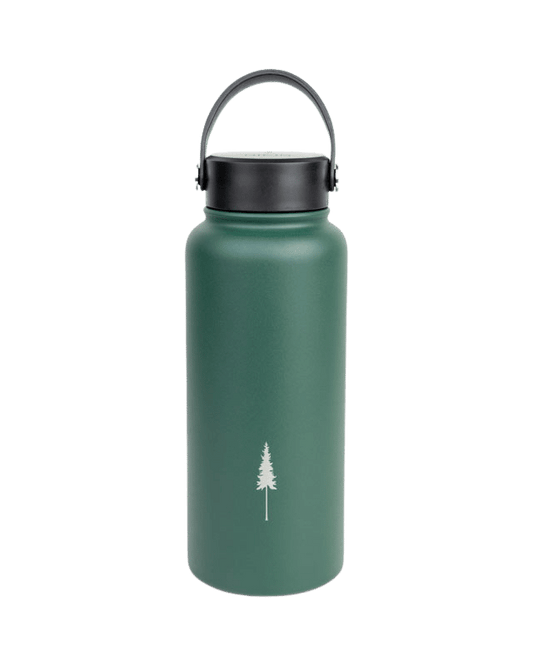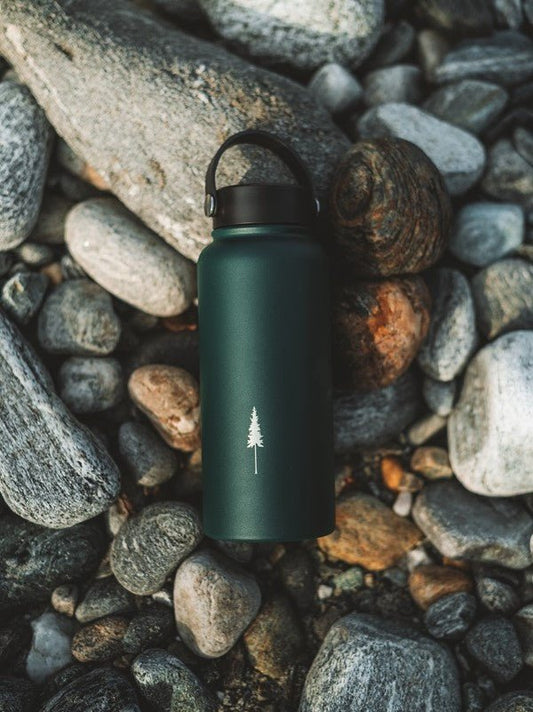The fields and gardens are bursting with fresh food at the moment. Whether it's seasonal vegetables, fruits or grains - there's a great harvest, even in your neighbourhood. So why consume exotic foods when we have plenty here?
The fields and gardens are bursting with fresh food at the moment. Whether it's seasonal vegetables, fruits or grains - there's a great harvest, even in your neighbourhood. So why consume exotic foods when we have plenty here?
Thanks to globalisation, we can consume fruits, vegetables and other foods from all over the world every day. The ordinary consumer lives better than a few decades ago when the heavily wealthy did. Tropical fruits and exotic foods are constantly available, but "normal" fruits are also available all year round.
Out-of-season produce: environmental damage included
The supermarkets' wide range of products has its price. Because the sweet exotics travel halfway around the world. Even strawberries in winter are only possible thanks to a long supply chain. What is so tempting at first glance harms the environment through theCO2 emissions of the greenhouses and means of transport - and deprives us of the pleasure of looking forward to the seasons with their fresh fruits and vegetables.
The taste is also decidedly lacking in products that are harvested and cooled while still unripe. Moreover, large-scale industrial cultivation uses fertilisers, pesticides and herbicides, which are by no means made fully visible to the end consumer everywhere. This is why the products end up tasting nowhere near as good as a sun-warmed fruit from the region that lands on the market stall almost without any detours from the tree or bush.
Seasonal should always also be regional
However, it is not simply a matter of eating seasonally. Because somewhere in the world it is always warm in summer. Only those who buy from regional producers do good for themselves and the environment. Regionally grown and produced food covers only short distances. They can be harvested, offered and bought fresh, at the best possible time.
For the customer, this means receiving a vegetable or fruit of optimal quality - just as if they had just been harvested from their own garden. Not only do vitamins, nutrients and taste surpass the well-travelled fruit from the supermarket. Preservatives are also not necessary with regional produce.
More transparency for regional providers
Those who buy at the weekly market or farm shop can usually find out where their food comes from without much trouble. Here it becomes clear how short the distances are within the region - and of course this also means that the producers earn better because fewer middlemen are involved in transport and distribution. For the customer, this means not only knowing where goods come from. He gets much more value for his money.
Better nutrition thanks to regional products
When shopping within your own region, you learn to pay attention to the changing seasons. In addition, fresh produce tastes best when cooked fresh. With products from the region, you quickly acquire a taste for cooking delicious, high-quality dishes. It doesn't have to be tedious, on the contrary, this way even die-hard fast-food fans can get to know the joys of cooking. And the body thanks you with more well-being and a better overall state of health.
What's fresh from the region?
In Europe, too, you can cook seasonally in a variety of ways - and look forward to fresh produce from the surrounding countryside. This includes vegetables such as potatoes, tomatoes or courgettes, but also fruit. Seasonal tables can be found online. Local produce includes
- Potatoes: all year round
- Asparagus: April to June
- Strawberries: June to August
- Apples: July to May
- Tomatoes: June to October
- Grapes: September to November
- Pumpkins: October to November
- Chicory: November to April
You can grow many local products yourself. Fruit trees thrive even in small gardens and bear fruit after only a few years. Shrubs, for example currants, raspberries or blueberries, can also be cultivated in the garden, just like most vegetables. Incidentally, many "exotics" are also quite adaptable. The popular kiwis also grow in our latitudes. And those who don't have their own garden don't have to remain idle. With a raised bed, you can always harvest fresh herbs, radishes and cucumbers even on your balcony! Even beginners can succeed in gardening - and the produce is impressive.
Regional is the trump card!
Regional food stands for a variety of benefits: transparent, short supply chains, often personal contact with the producer, optimal ripening and harvest times and good quality for the price. Consumers learn to appreciate the change of products throughout the year, and producers benefit from higher demand - they can reinvest, develop their offerings and remain viable. Smaller farms in particular, including many suppliers who work sustainably, can only survive at all thanks to demand in the region.
At NIKIN, we naturally focus on sustainable materials in the fashion industry and fight against global deforestation. But we also want to motivate people to rethink their own lifestyle - especially when it comes to food, choosing products from the region is an important step towards a better world.























